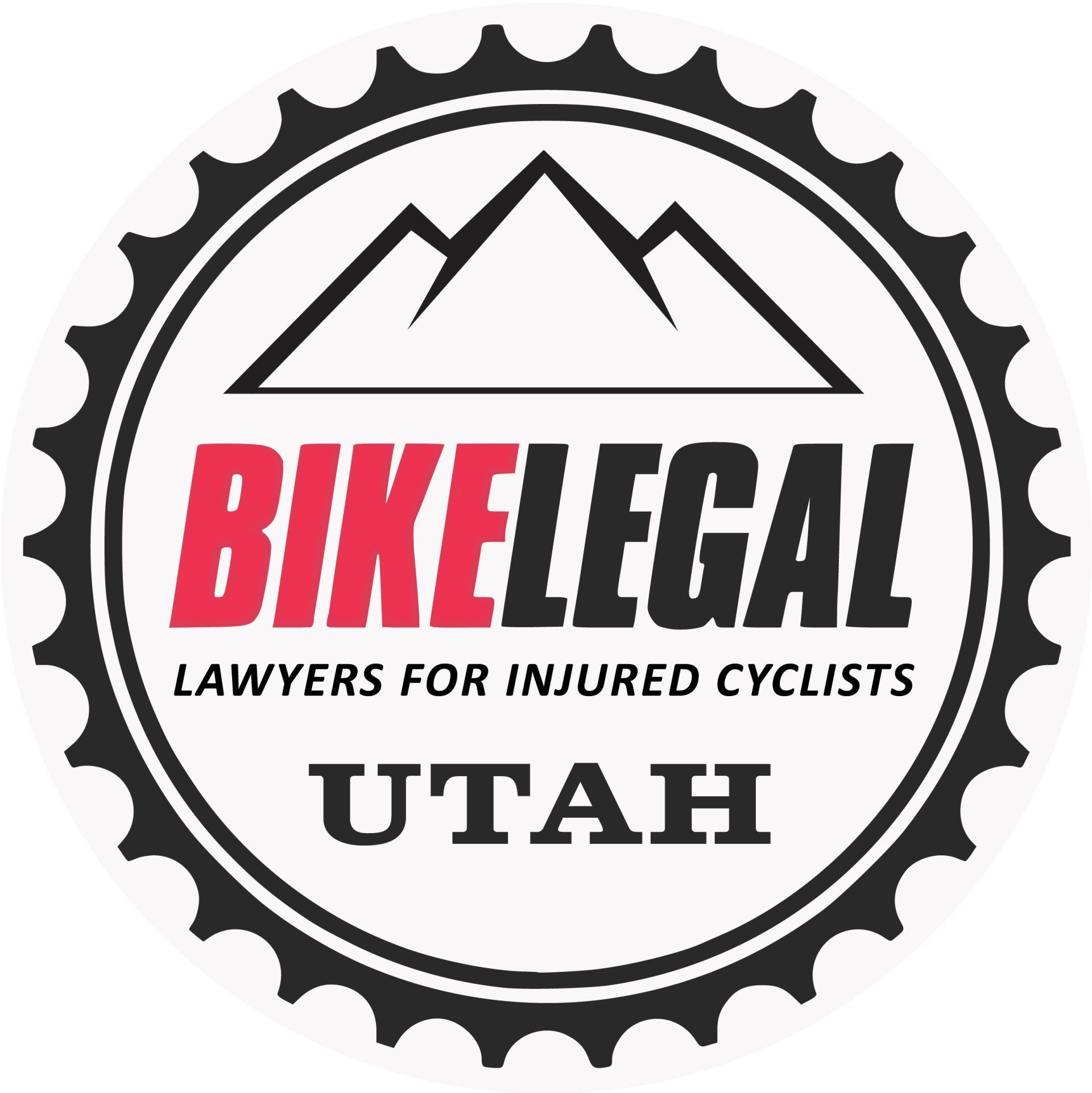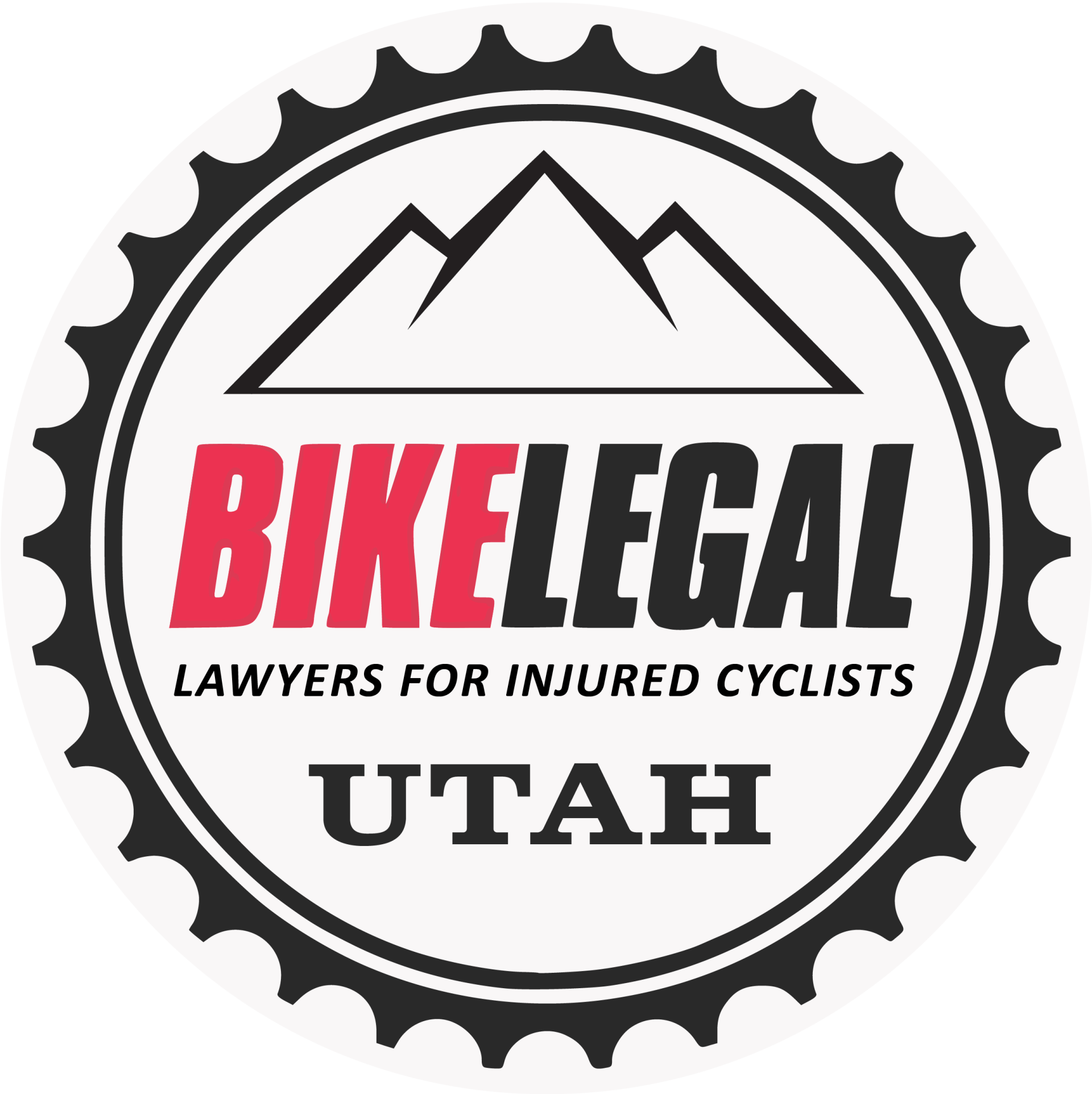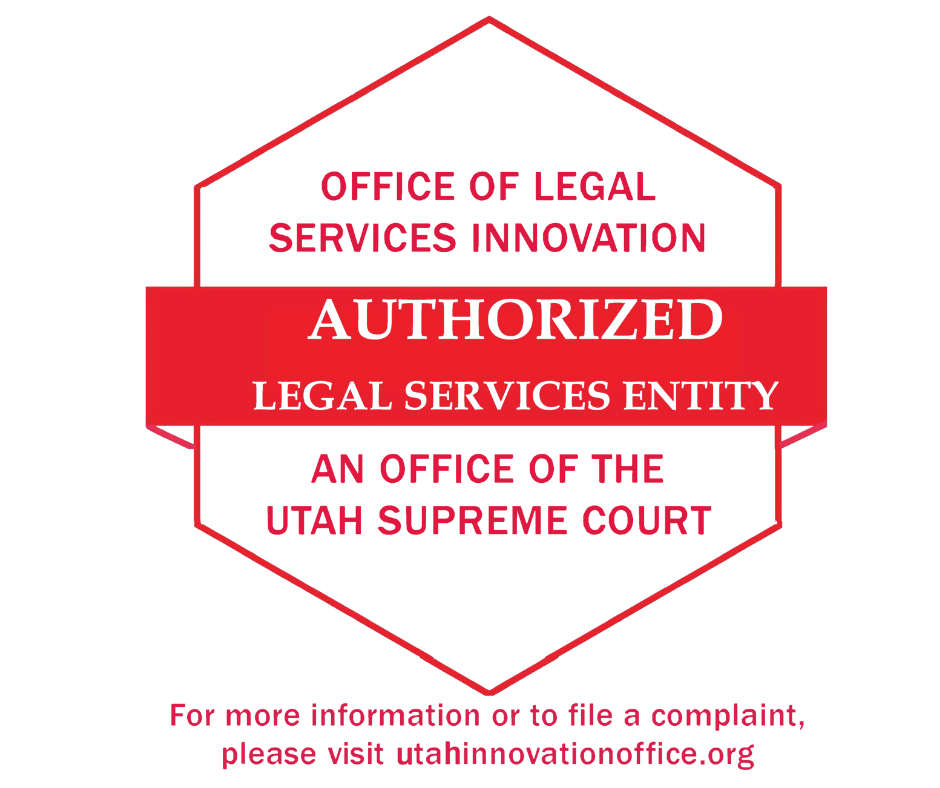Free Case Review 877-BIKE LEGAL
Free Case Review 877-BIKE LEGAL
Bike Crashes Suck!
Here's Everything You Need to Know to Increase Your Safety, Protect Your Rights, and Recover Faster After a Bicycle Accident

Cycling offers numerous benefits, from staying in shape to training for events and simply enjoying the great outdoors. The last thing we want to think about when we head out for our next ride is the possibility of a crash. Being prepared, taking precautions, and knowing what to do after a bicycle crash can help increase your safety, protect your legal rights, and facilitate a smoother recovery process.
Bicycle crashes are sudden, and often due to negligence of others.
Bicycle Accidents Can Happen for Several Reasons:
- Collisions with motorists
- Hit and run
- Dooring
- Unsafe road conditions
- Collisions with pedestrians
- Collisions with other cyclists or e-bikes
- Crashes due to un-restrained animals
Knowing what to do after a bicycle accident is crucial for your safety and well-being. Understanding your rights will also aid in your road to financial, physical, and emotional recovery.
Here are the 15 Essential Steps to Take After a Bicycle Accident:
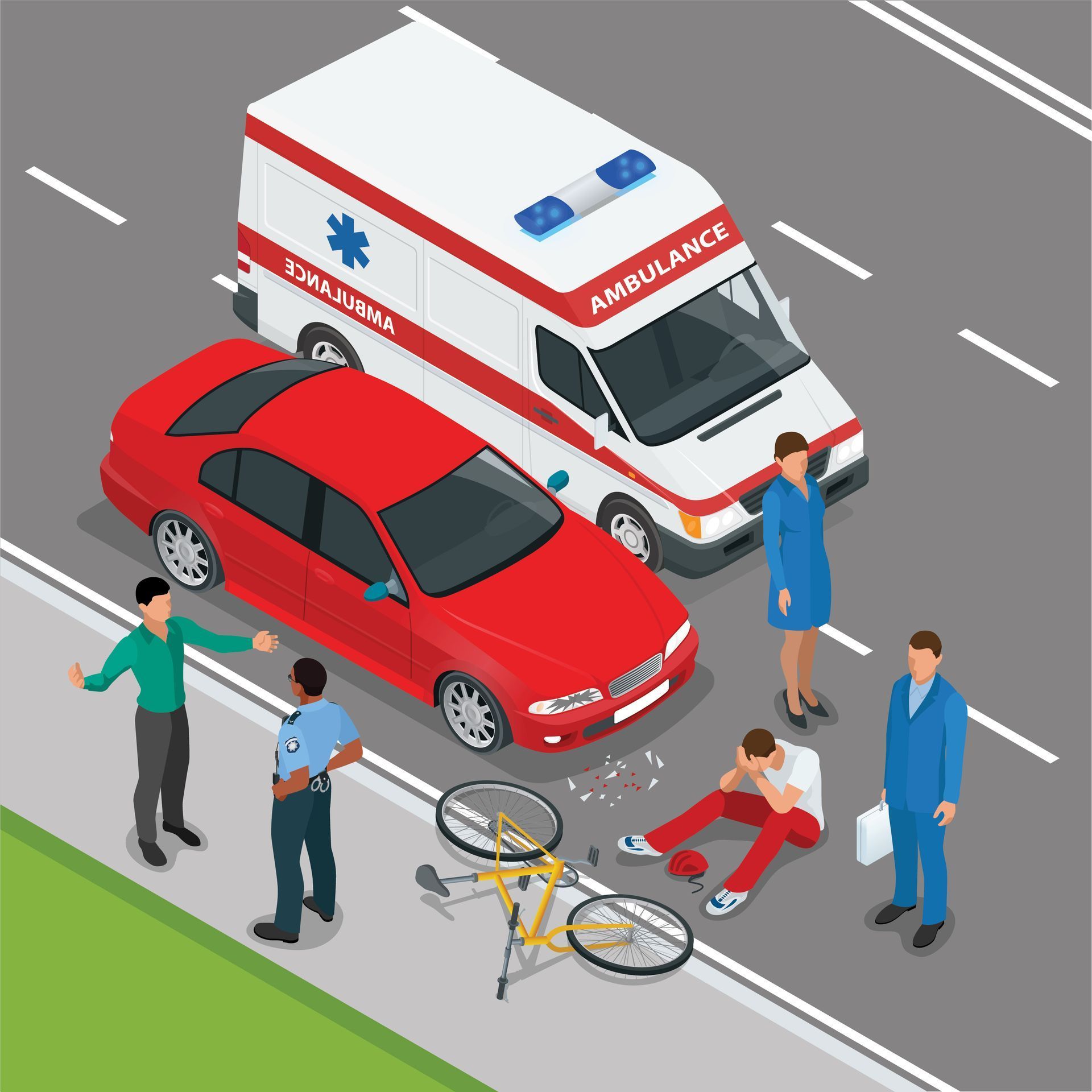
1. Prioritize Safety
Your #1 priority should be safety as soon as the accident occurs. If you are on the road and in harm's way, move to a safe area away from traffic if possible.
2. Call 911 for Medical and Police Assistance
Calling 911 will alert the police and emergency services in your area immediately. It is essential to have your injuries assessed at the scene by emergency services. Even seemingly minor injuries could have serious underlying issues. Additionally, a Police Report is crucial for insurance claims and legal proceedings.
3. Stay Calm and Assess Injuries
Take a deep breath and remain as calm as possible. Check yourself for injuries and assess their severity. Remember that shock can mask pain, so be thorough in evaluating your condition.
4. Check Your Helmet and Your Head
After a bicycle crash, it's crucial to check your helmet and your head for signs of a head injury, such as a concussion or traumatic brain injury (TBI). Even if your head didn't directly impact anything, the force of the crash can still lead to head injuries. Examine your helmet for any visible damage, as even a small scuff or dent can indicate an impact. Additionally, pay close attention to your own condition. Look for symptoms like disorientation, confusion, headache, difficulty finding your balance, nausea, vomiting, or feeling generally "off." These symptoms can be indicative of a head injury, and if you experience them, it's important to seek medical attention promptly to ensure your safety and well-being.
5. Remain at the Scene and File a Police Report
Remaining at the scene of a bicycle accident is imperative for several reasons. First and foremost, it is a legal obligation, as both cyclists and other parties involved in accidents are required to stay until authorities arrive. Additionally, staying ensures that you can provide vital information to law enforcement, including your perspective on the incident, which can be crucial for insurance claims and legal proceedings. Injuries sustained in a bicycle accident may not be immediately apparent, so staying allows you to assess your condition and seek medical attention promptly if necessary.
6. Exchange Information
Exchange contact information with the other parties involved. Obtain their name, address, phone number, driver's license number, vehicle information (including license plate number), and insurance details. Be sure to get the business card or contact information from the officer and get the accident report number.
7. Document the Scene
Use your smartphone or camera to document the accident scene. Take photos of the vehicles involved, the damage, road conditions, traffic signals, and any visible injuries. If possible, draw maps and document the location including street signs or landmarks. These visual records can be valuable later.
8. Get Witness Statements
If there are any witnesses to the accident, ask for their contact information and request a brief statement about what they saw. Witness accounts can be crucial for clarifying the events leading up to the accident. Make sure their statements are included in the police report.
9. Do NOT Engage with the Other Party Beyond the Exchange of Information
Do not negotiate with the other party or engage in conversation beyond exchanging information. Avoid admitting fault or making statements that could be interpreted as an admission of guilt. Remember, it can take days for the full extent of injuries and property damages to surface. Contact a reputable bicycle accident lawyer for a free consultation before discussing details with the other party or insurance companies.
10. Contact a Bicycle Accident Attorney
Contacting a bicycle accident attorney such as Bike Legal Utah, rather than a general personal injury attorney, is essential because of their specialized expertise in handling cases specific to cyclists. Bicycle accident attorneys understand the intricacies of traffic laws, cyclist rights, and the factors that commonly contribute to bike accidents. Retaining a bicycle accident attorney can lead to better outcomes for injured cyclists.
11. Do NOT Communicate with Insurance Companies
Insurance companies aim to minimize settlements and may not act in the injured cyclists' best interest. Insurance adjusters may even attempt premature settlements before all the necessary information is available to support the claim. Instead, it's advisable to seek the expertise of a bicycle accident attorney who can effectively navigate the complexities of insurance claims, protect the cyclist's rights, and ensure fair compensation is pursued.
12. Preserve Evidence
Keep any damaged clothing, your bicycle, and any other gear in its post-accident condition. Do not wash or repair them until you have consulted with an attorney and documented the damage thoroughly. This evidence can be crucial for insurance claims or legal actions.
13. Seek Medical Attention No Matter How Minor the Crash
After a bike accident, it's important to see a doctor promptly, even if the injuries seem minor, as adrenaline can mask pain and potentially serious issues may be hidden. Delaying medical attention could lead to complications, infections, or improper healing. Doctors can also assess internal injuries and address seemingly minor problems like road rash caused by unsanitary road conditions. Prompt medical care is essential to ensure proper treatment and recovery, especially for head injuries, fractures, and sprains, which might not be obvious but could result in long-term issues if untreated.
14. Follow Medical Advice
Adhere to the treatment and follow-up instructions provided by your healthcare professional. This not only ensures your recovery but also creates a paper trail of your injuries for potential legal claims.
15. Keep Detailed Records
Maintain a detailed record of all expenses related to the accident, including medical bills, property damage, loss of income, and any other relevant expenses. This documentation will help support your claims. Additionally, keep a journal of how you feel each day, your symptoms, and the progress of your physical and emotional recovery.
What Can Cyclists Do to Protect Themselves in the Event of a Bicycle Crash?
1. Wear a Proper Bicycle Helmet
Strapping on a good bicycle helmet that has not been damaged is your best defense against brain injuries. The Truth About Your Cycling Helmet explains it all.
2. Choose Safe Routes
Research options for your route ahead of time. Look for routes that offer protected bike lanes or bike trails that are separated from traffic. If those aren't options, seek roads with good bike lanes.
3. Be Visible
Wear brightly colored or reflective clothing that drivers can see from a distance. Use a bright headlight and tail light during the day and at night.
4. Carry a Fully Charged Cell Phone
Make sure your phone is fully charged when you head out the door. Let a friend or family member know where you are going and when you expect to return.
5. Be Predictable
Stay in the bike lane and pedal a smooth and steady line.
6. Obey Traffic Laws
Know your state laws and follow them. Typically, cyclists must follow the same laws as motorists including stopping at stop signs and red lights. Abiding by traffic laws goes a long way in earning respect from drivers.
7. Use Hand Signals
Have you ever been annoyed by a driver who doesn't use his blinkers? Same story here. Communicating your intentions goes a long way in helping to prevent crashes. Learn more about hand signals in the article Bicycle Hand Signals for Safe Cycling.
8. If Possible- Use Front and Rear Cameras
Yes, they can be expensive. But also well worth the cost if you ride in traffic frequently. The video footage can be useful in proving fault.
Bicycle crashes can be harrowing experiences, but knowing the essential steps to take in the aftermath can make a significant difference in ensuring your safety, protecting your rights, and aiding your recovery. From prioritizing safety and contacting emergency services to seeking medical attention and preserving evidence, these steps guide cyclists through challenging situations. Additionally, seeking legal counsel from a specialized bicycle accident attorney and refraining from direct negotiations with insurance companies can help ensure fair compensation and a smoother road to recovery. Remember, being prepared and informed can make all the difference when it comes to handling a bicycle accident effectively and efficiently.
At Bike Legal our mission is to advocate for bicycle safety and sharing the road responsibly through education.
Our legal team is committed to supporting and representing cyclists no matter where you ride or how you ride.
If you or someone you know has been involved in a bicycle accident,
Bike Legal is here to help!
Visit: www.BikeLegalUtah.com
or call 877-BIKE LEGAL (877-245-3534)
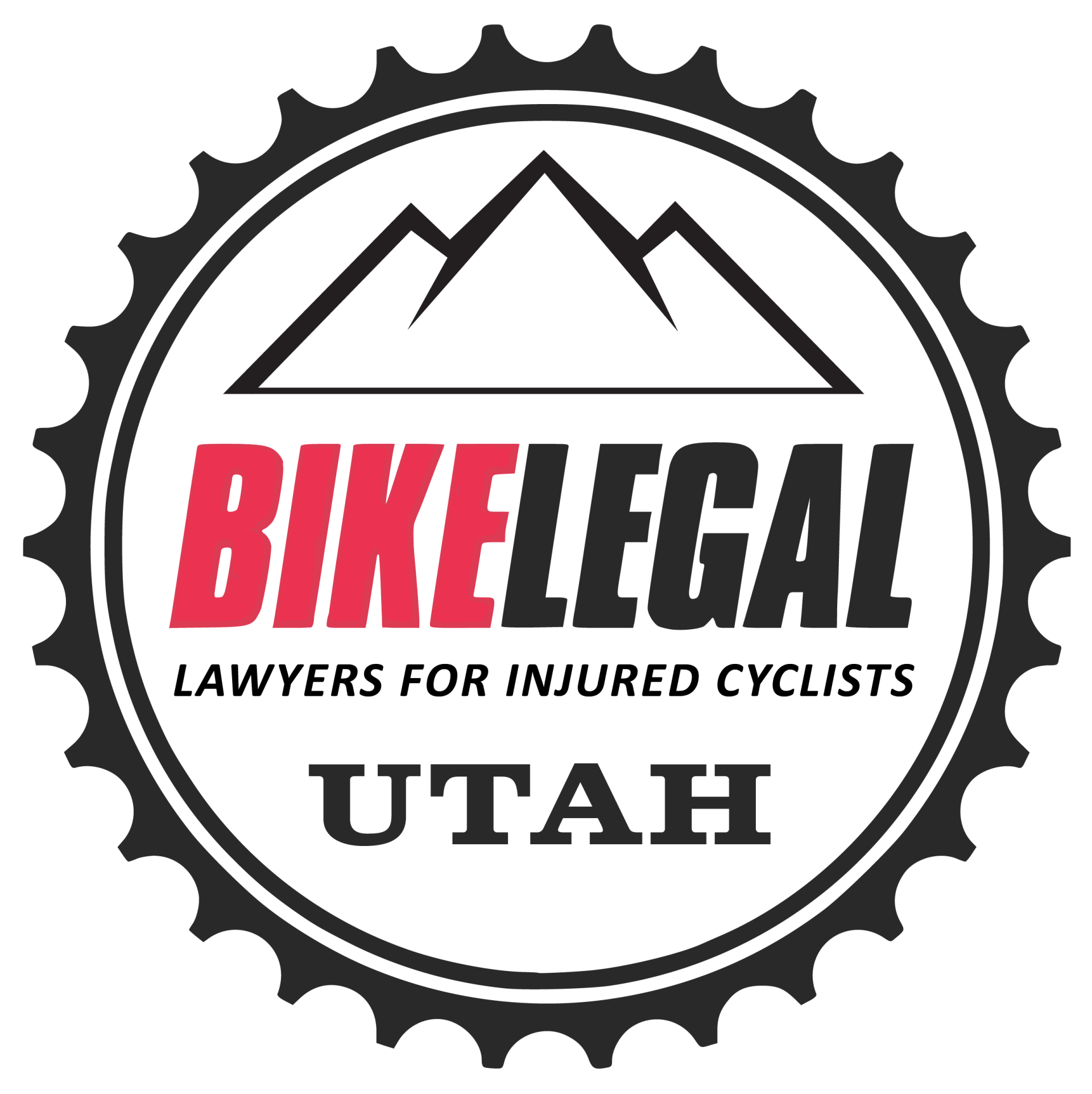
Contact Info
info@bikelegalfirm.com
Southern Utah
Bike Legal Utah
321 N Mall Dr
Bldg R
St. George, Utah 84790
All Rights Reserved | Bike Legal
